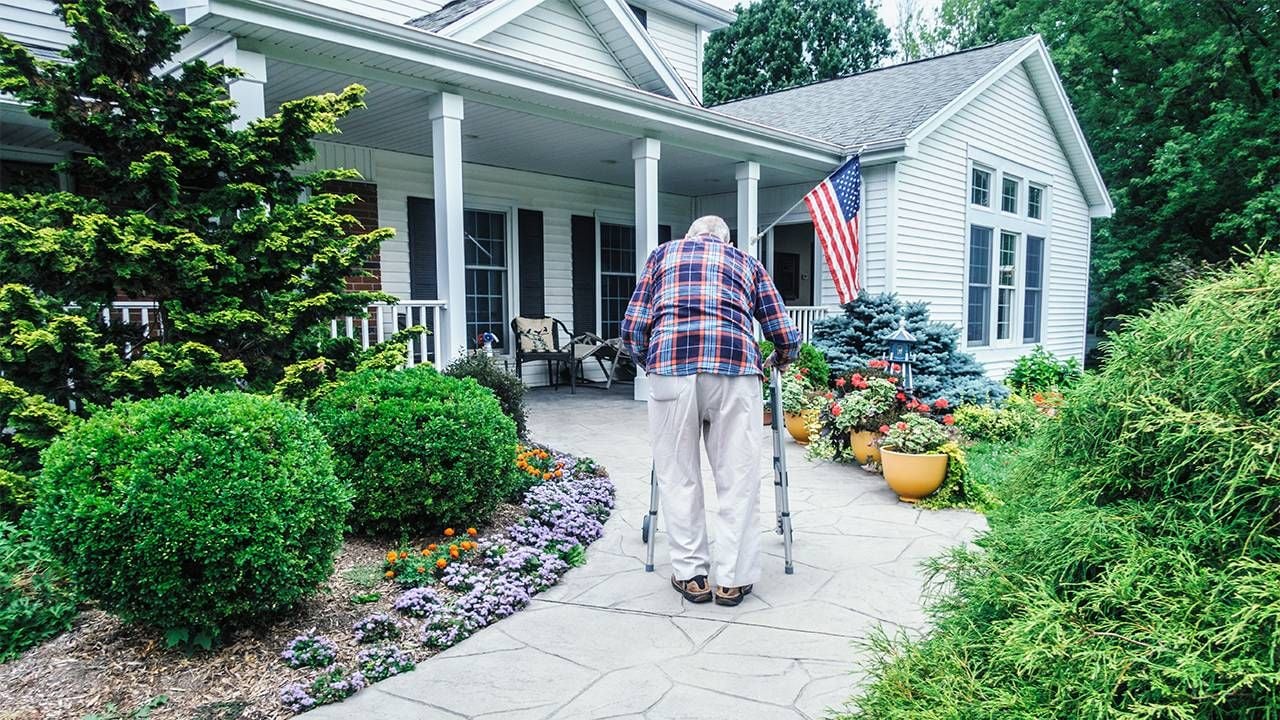Older adults can save tens of thousands of dollars annually by choosing assisted living communities over aging in place in their homes.
Unlike point solutions, Inspiren unifies resident safety, care planning, staffing, and emergency response into a single AI-powered platform.
An artificial intelligence-powered virtual assistant platform for senior living and care providers.

 Aging in place makes the senior living industry anxious. A new article from
Aging in place makes the senior living industry anxious. A new article from  IEEE wants to drive creation of a standard for AgeTech. The
IEEE wants to drive creation of a standard for AgeTech. The  Is aging in place a smart strategy? Here we go again. In a brand new and similarly rosy
Is aging in place a smart strategy? Here we go again. In a brand new and similarly rosy